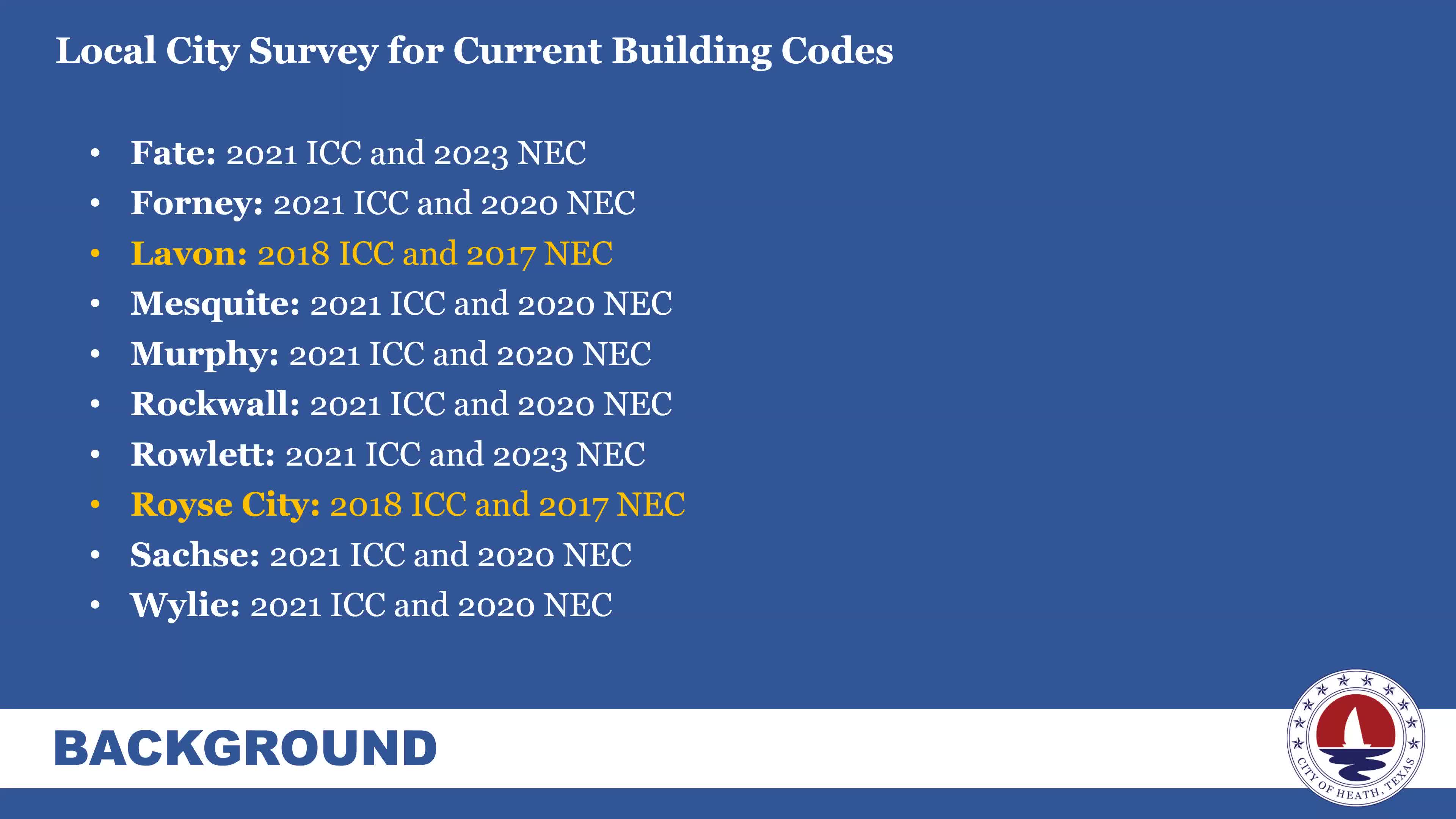Fire Code Changes Spark Controversy Over Sprinkler Requirements
September 24, 2024 | Heath, Rockwall County, Texas
This article was created by AI summarizing key points discussed. AI makes mistakes, so for full details and context, please refer to the video of the full meeting. Please report any errors so we can fix them. Report an error »

In a recent city council meeting, officials discussed significant amendments to the local fire code, particularly focusing on the fire sprinkler requirements for new residential constructions. The proposed changes aim to clarify the calculation of square footage that determines whether a property must be equipped with fire sprinklers, shifting the threshold from 6,000 square feet of living space to include all areas under roof, such as garages and porches.
The rationale behind this adjustment is to enhance life safety measures, as many new homes often exceed the 6,000 square foot threshold once additional spaces are accounted for. City staff noted that builders frequently underreport square footage by excluding unfinished areas like attics and large patios, which can later be converted into livable spaces without the necessary fire safety measures in place.
Council members expressed concerns regarding the implications of this change, particularly the potential financial burden on homeowners. The average cost of installing a fire sprinkler system is estimated at around $10,000, which could significantly impact new builds. Some council members questioned whether it was fair to impose such requirements on all new constructions based on the actions of a few builders who might not disclose the full extent of their projects.
The council clarified that these amendments would apply only to new constructions and not retroactively to existing homes. The discussion highlighted a broader concern about balancing safety regulations with the economic feasibility for homeowners, especially in a city where many properties are likely to exceed the new threshold due to common features like large garages.
The updated fire code document will be made available on the city website to provide transparency and clarity regarding the requirements, aiming to reduce confusion among residents and builders alike. The council is expected to continue deliberating on these amendments, weighing the importance of safety against the potential financial implications for new homeowners.
The rationale behind this adjustment is to enhance life safety measures, as many new homes often exceed the 6,000 square foot threshold once additional spaces are accounted for. City staff noted that builders frequently underreport square footage by excluding unfinished areas like attics and large patios, which can later be converted into livable spaces without the necessary fire safety measures in place.
Council members expressed concerns regarding the implications of this change, particularly the potential financial burden on homeowners. The average cost of installing a fire sprinkler system is estimated at around $10,000, which could significantly impact new builds. Some council members questioned whether it was fair to impose such requirements on all new constructions based on the actions of a few builders who might not disclose the full extent of their projects.
The council clarified that these amendments would apply only to new constructions and not retroactively to existing homes. The discussion highlighted a broader concern about balancing safety regulations with the economic feasibility for homeowners, especially in a city where many properties are likely to exceed the new threshold due to common features like large garages.
The updated fire code document will be made available on the city website to provide transparency and clarity regarding the requirements, aiming to reduce confusion among residents and builders alike. The council is expected to continue deliberating on these amendments, weighing the importance of safety against the potential financial implications for new homeowners.
View full meeting
This article is based on a recent meeting—watch the full video and explore the complete transcript for deeper insights into the discussion.
View full meeting
